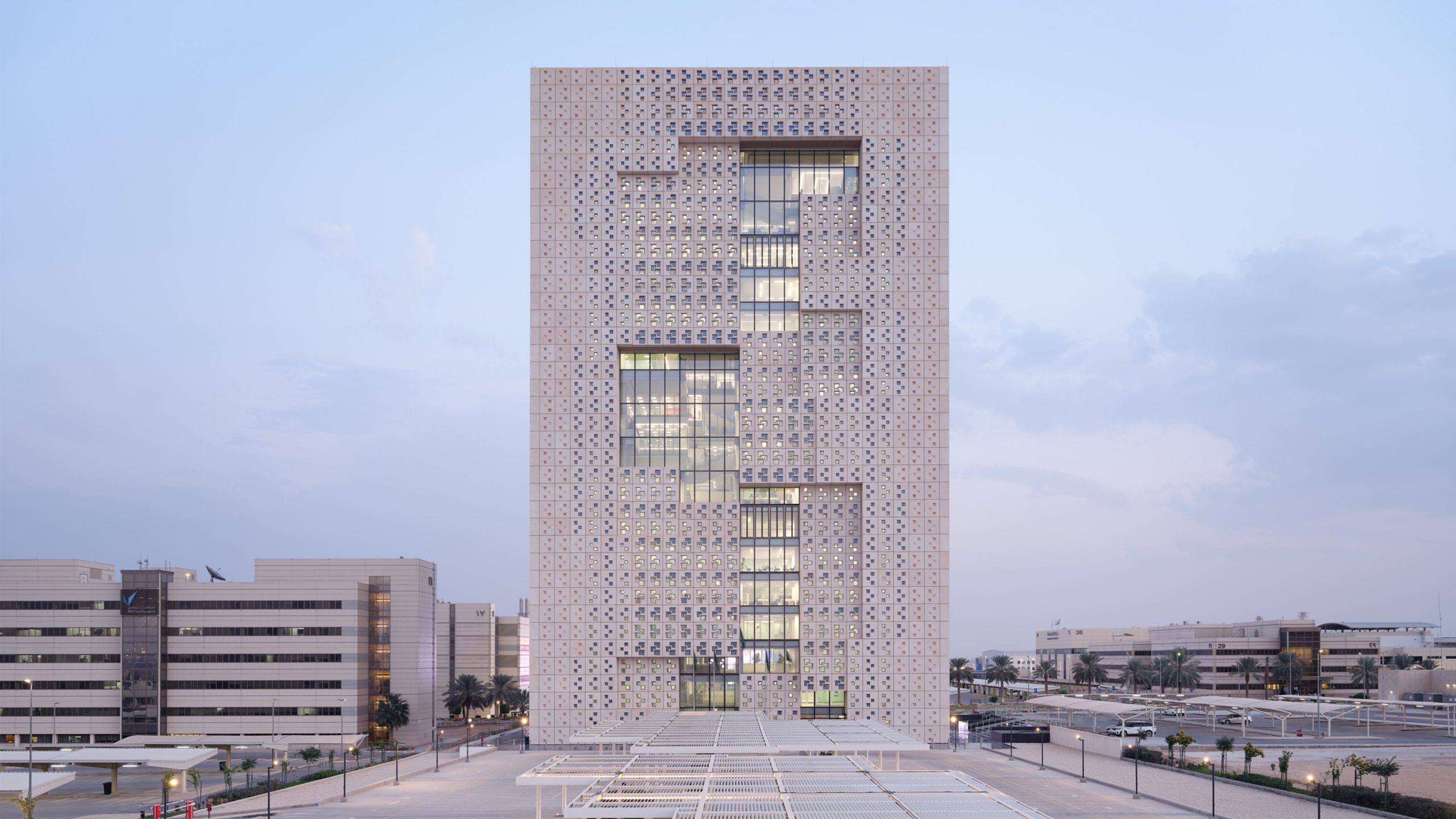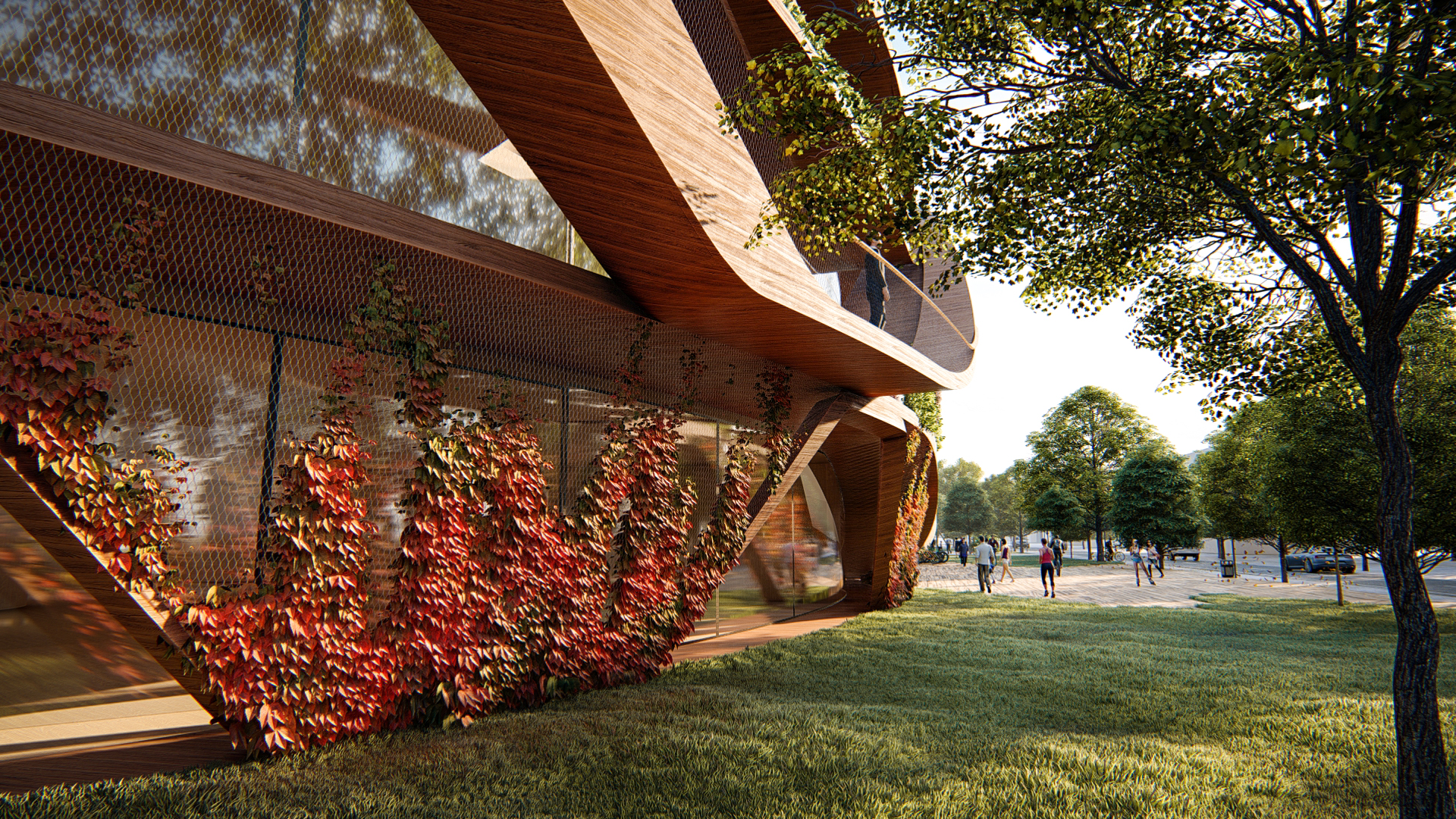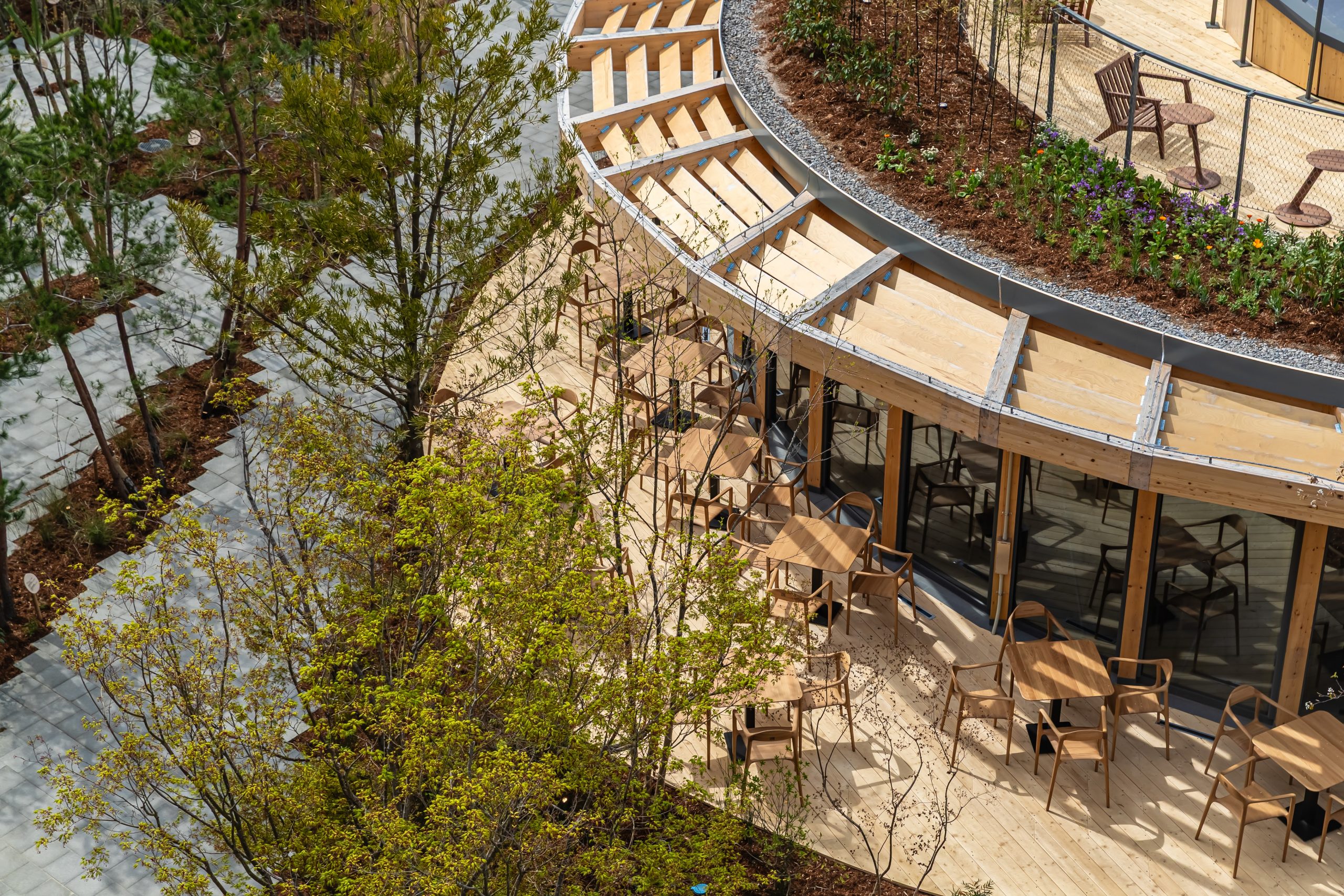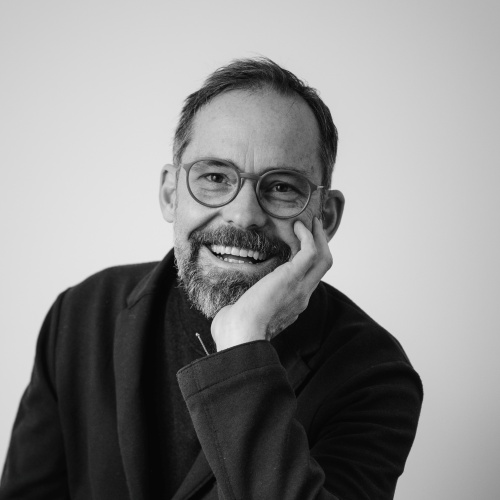Biography
ABOUT
Tobias Wallisser leads LAVA’s Berlin studio, where he integrates his expertise in interdependencies of design and construction to create holistic spaces. Wallisser’s vision of creating architecture for the digital age transcends traditional divides to foster symbiotic relationships between the individual and the collective, nature and technology, science and imagination. Using digital tools and production processes that anticipate future outcomes, he ensures the feasibility of complex designs while enhancing spatial experiences by merging technical, social, and architectural considerations.
He is a tenured professor of Innovative Construction and Spatial Concepts at the State Academy of Fine Arts in Stuttgart and lectures internationally. He holds architecture degrees from Berlin and Stuttgart and a Master’s in Advanced Architectural Design from Columbia University.
AWARDS
- European Prize for Architecture 2016;
- Übermorgenmacher 2012;
- Professor for Digital Design, Stuttgart State Academy of Fine Arts since 2006;
SHORT DESCRIPTION OF THE OFFICE
Founded by Chris Bosse, Alexander Rieck, and Tobias Wallisser, LAVA is a laboratory network that explores and innovates through architecture. Since its inception in 2007, LAVA has evolved into a dynamic, global network that spans cultures and disciplines, with studios in Berlin, Ho Chi Minh City, Stuttgart, and Sydney. In an era of technological disruption and environmental flux, we leverage advanced digital tools, speculative thought, research, and knowledge from many regions and customs to address complex architectural spaces with resource efficiency. Embracing a symbiotic philosophy and an integrative vision of life, LAVA recognizes the human habitat as an extension of the landscape that considers its larger ecological conditions. This ethos fosters the design of synergetic spaces that nurture well-being and meaningful interaction—spaces that inspire harmony, creativity, and a sense of community. Our design process engages with contemporary challenges, revealing architecture’s ability to respond to the ‘flowing lava’ of spatial and social intricacies. By reconciling human needs with environmental imperatives, LAVA co-shapes the dynamic ecosystems of a planet striving for balance. To us, every building is an opportunity to redefine architecture as a culture that inspires the evolution of a built environment that is both progressive and enduring.
AWARDS OF THE STUDIO
- European Prize for Architecture, 2016;
- King Salman Chapter for Architecture and Urbanism Award, 2024;
- BIE Award in Gold, 2021
PROJECTS TO BE PRESENTED DURING THE EVENT
Project #1: KACST Innovation Tower

Well before the pandemic, LAVA used design to drive better team communications. The King Abdulaziz City for Science and Technology (KACST) is Saudi Arabia’s national science agency—a large and complex organization of 2,000 people working across diverse research areas, including nanotechnology, astronomy, agriculture, and the environment. Seeking to enable cross-pollination between these teams for innovation and provide a new organizational structure to augment their work processes, LAVA designed a new 17-story headquarters for KACST around a set of atria that seeks to provide opportunities for informal communication between colleagues and science workers from across the campus.

Project #2: LIFE Hamburg

What if the holistic application of permaculture could open up new perspectives in the architectural realm, transforming spaces into vivid landscapes of lifelong learning? At ‘LIFE Hamburg,’ a purpose-built educational campus, a CO₂-negative, self-sufficient architecture of diverse, nature-inspired spaces forms one continuous landscape cultivating the best conditions for absorbing knowledge at all ages. Especially in cities, inhabitants are often more detached from the meaning, rhythms, and benefits of nature. Therefore, education on permaculture is vital to the protection of our earth. This is why LAVA’s design for LIFE Hamburg, a future-oriented campus for lifelong, self-determined learning, materializes those values in an educational facility for 800 children and 800 adults, designed in collaboration with Cityplot, an urban agriculture collective that advocates restorative practices in landscape ecology and social systems. The intelligence of ecosystems guides the design of the building—as Frank Lloyd Wright once said, “Study nature, love nature, stay close to nature. It will never fail you.” From its daily life to the broader impact its creation has on the economy and the community, nothing about this architecture, neither natural nor man-made, could be viewed in isolation, demonstrating the intrinsic, networked relationship between humans and the environment. This approach shifts architecture to ‘whole system’ thinking, where even education is embedded at every opportunity to contribute to a brighter future

Project #3: WA Germany, Expo 2025

Imagine a post-anthropocene future where the built environment supports a closed-loop, zero-waste system in which materials and resources constantly circulate and equitable societies prosper. The German Pavilion at Expo Osaka 2025 is a manifesto of the healing potential of ‘cradle to cradle’ design and built proof of its realistic emergence, educating visitors on the impact of architecture on the planet. Seeking to showcase how the effects of the Anthropocene can be overcome, the pavilion design actually goes above and beyond, becoming a living ‘material repository’ where visitors can learn how each element spends a portion of its much longer life until it is dismantled and reused, thanks to reversible construction techniques. Each material of the exhibition and cafe structure, including prefabricated cylindrical glulam, steel, and bamboo, will be recycled and reused after the Expo. This provides a framework for two ensembles to be filled with locally available secondary and organic materials. It combines the rediscovery of traditional and sustainable materials such as rammed earth and glass with new developments from materials science, including panels made from fungal mycelium or hempcrete, which eventually will compost.
